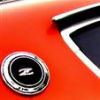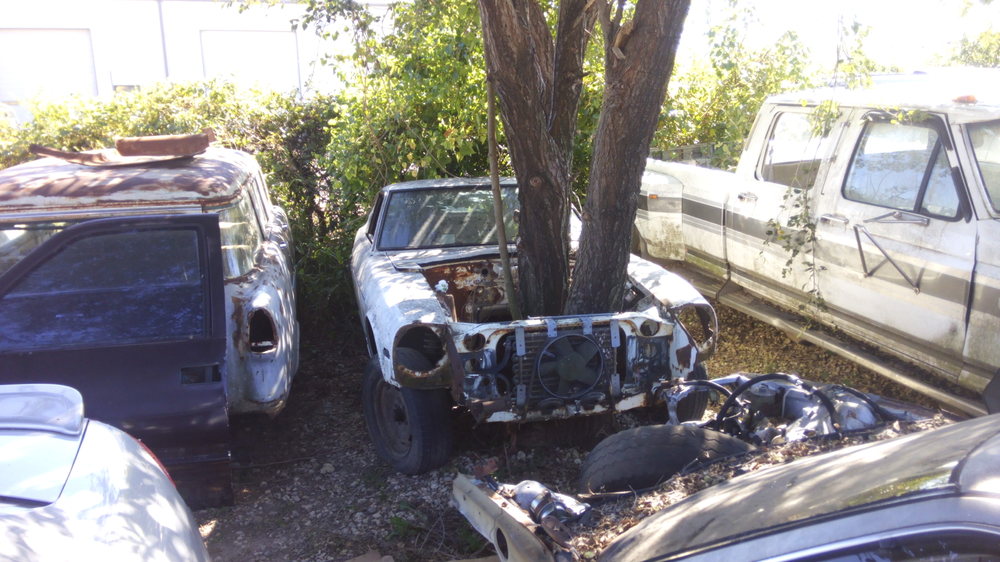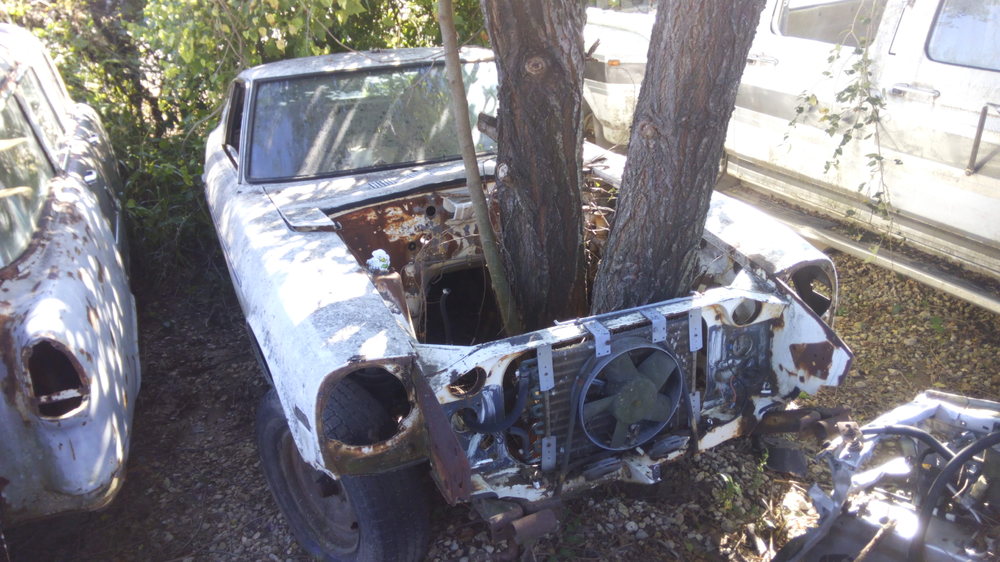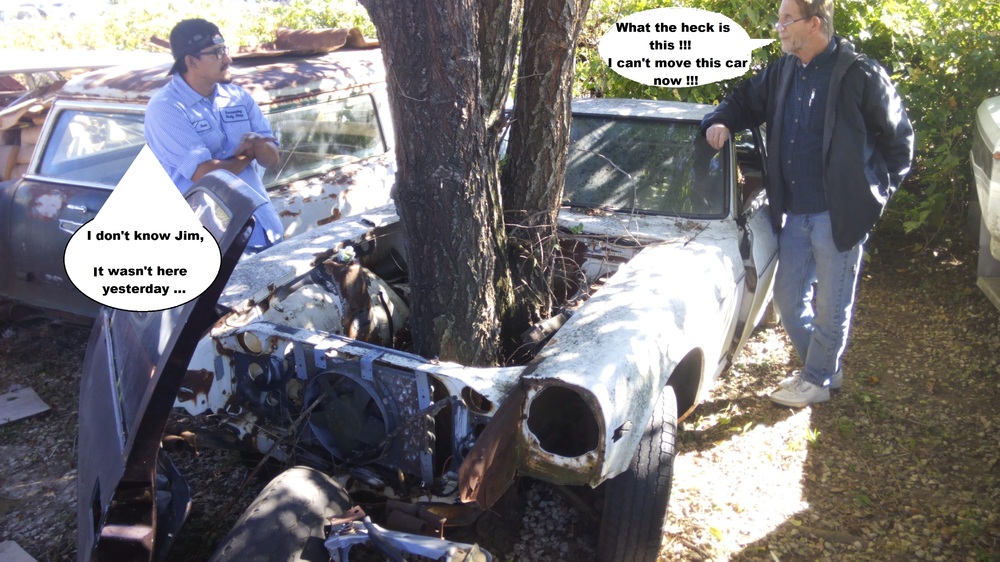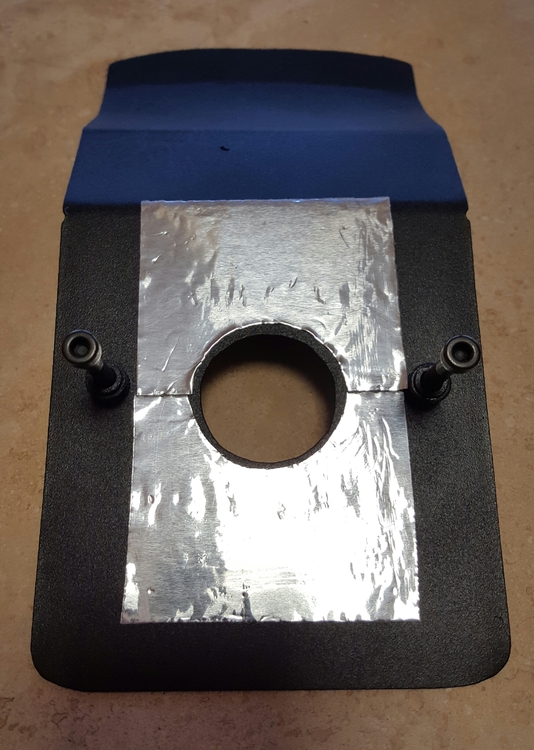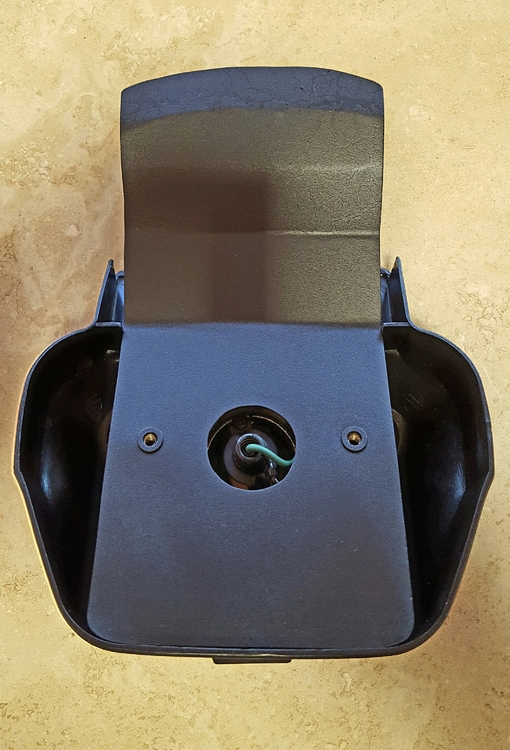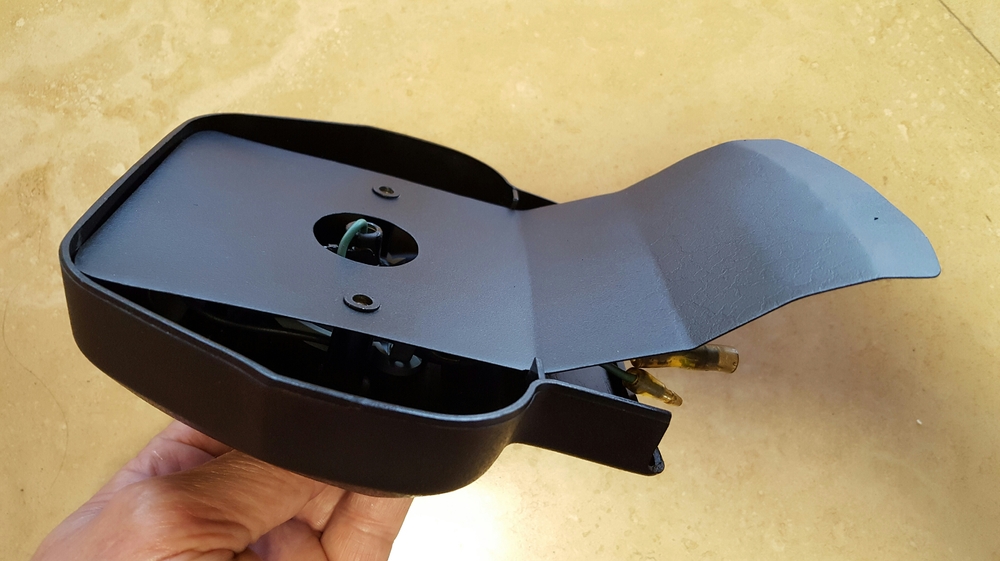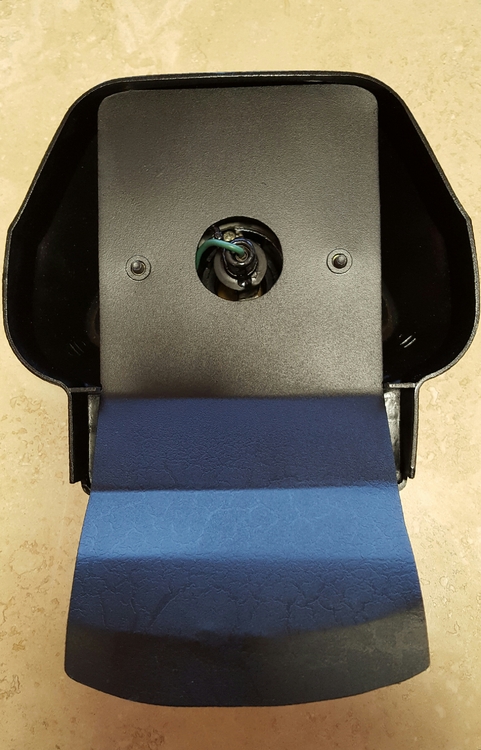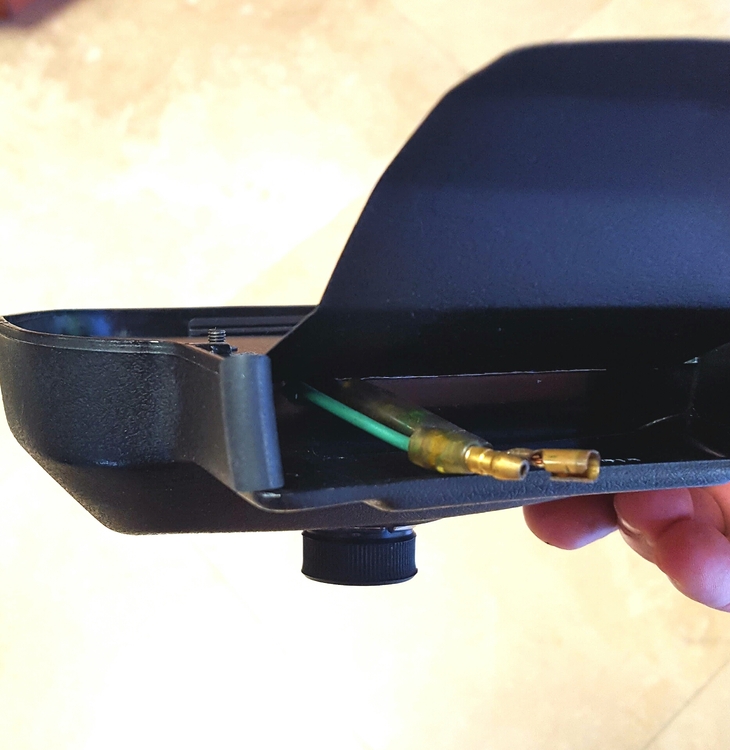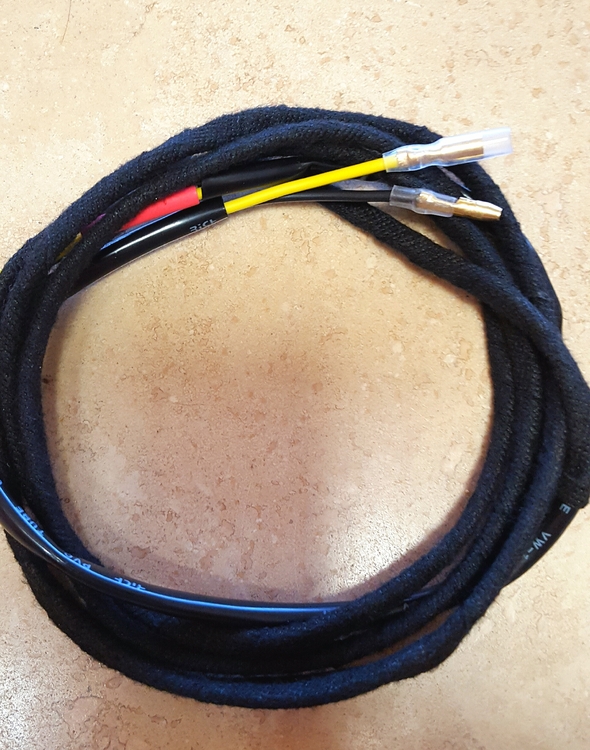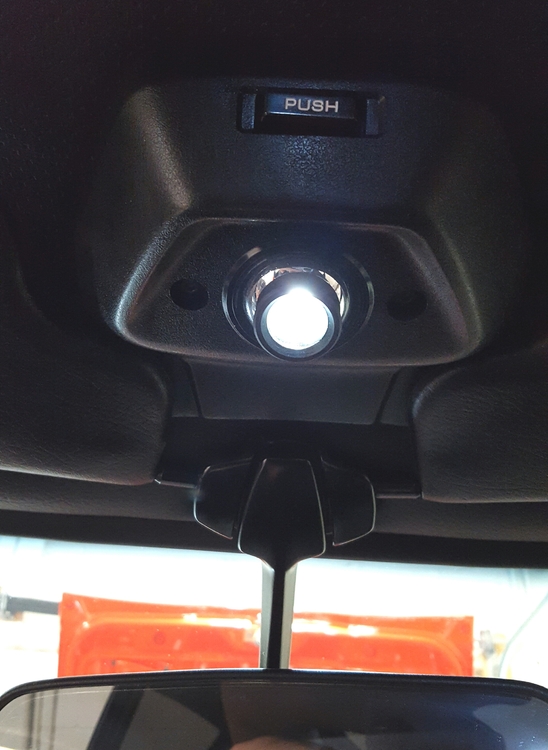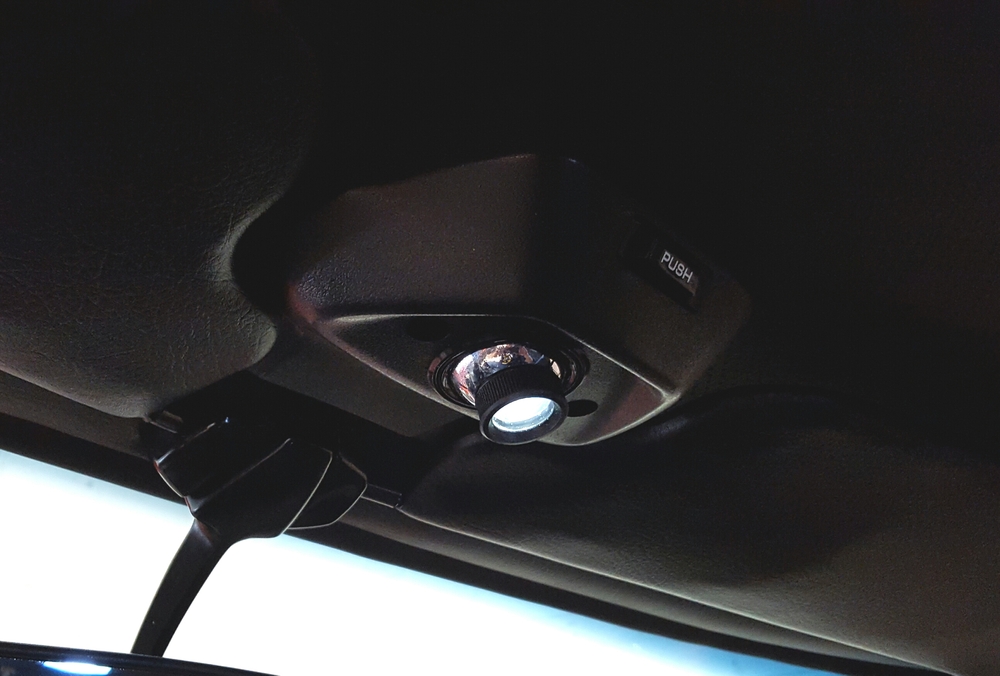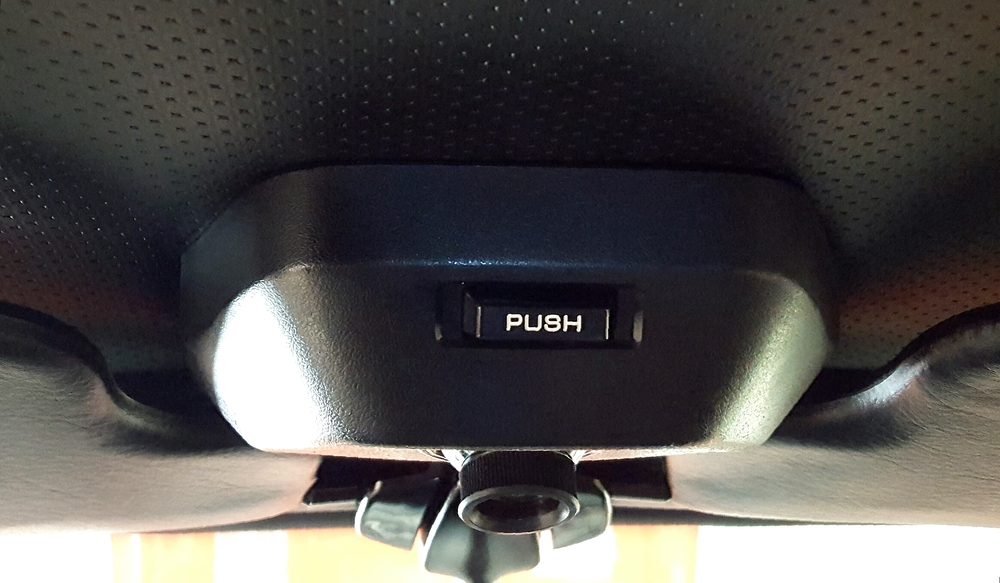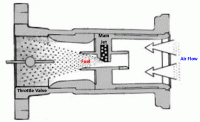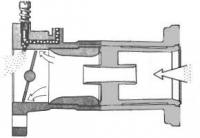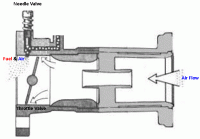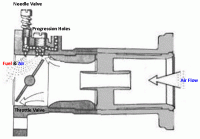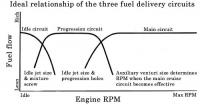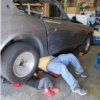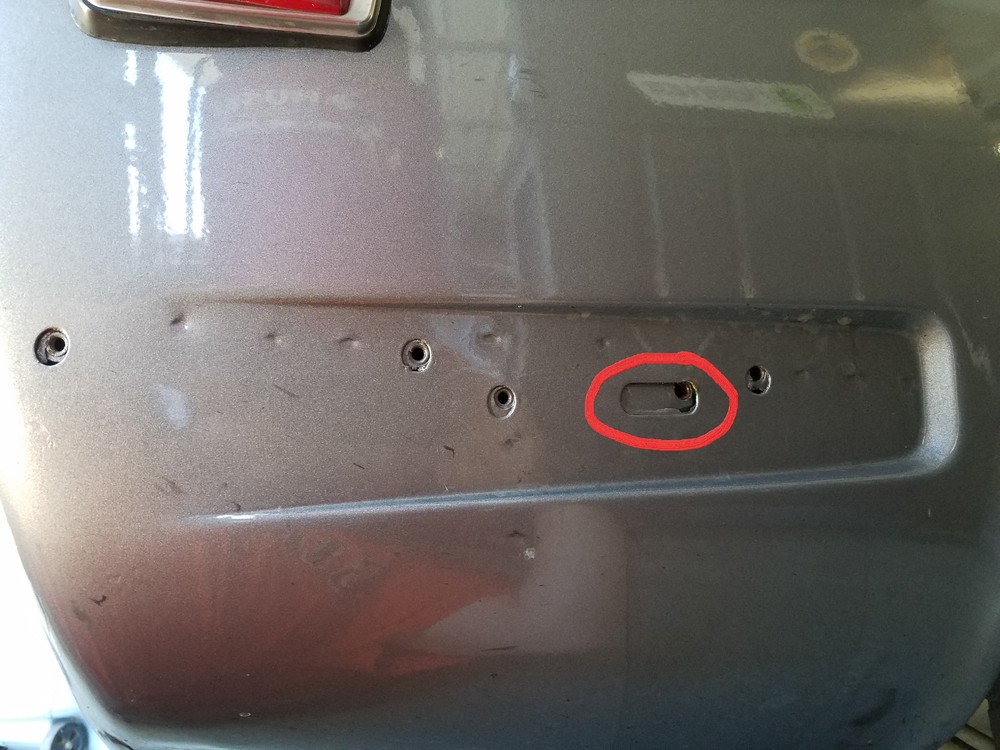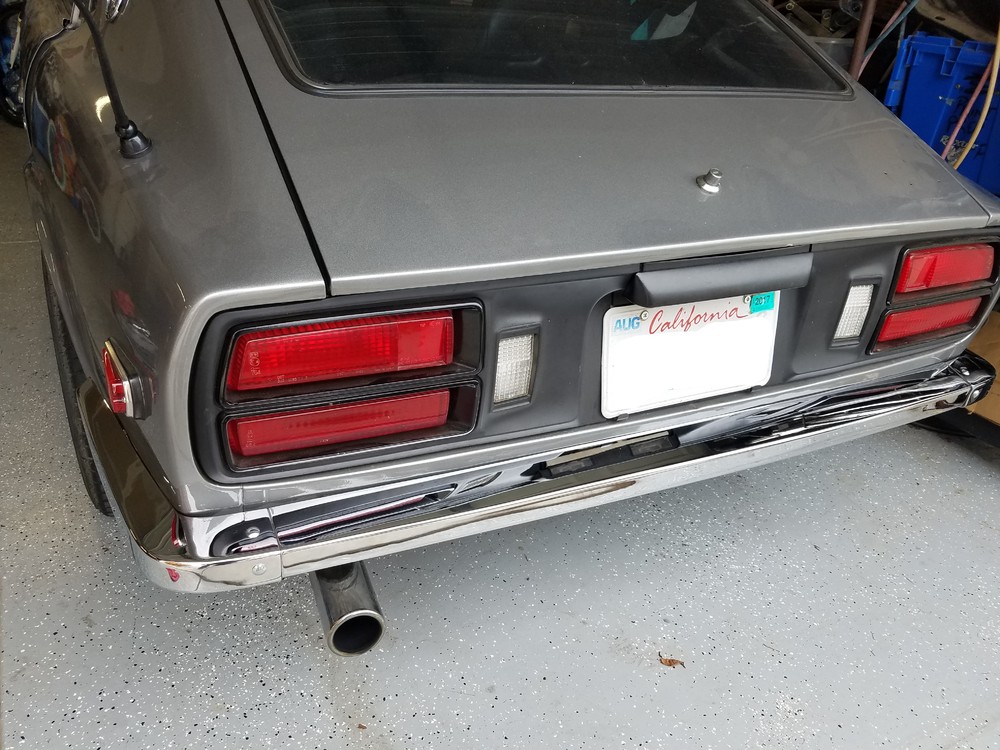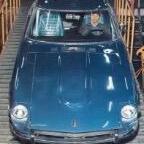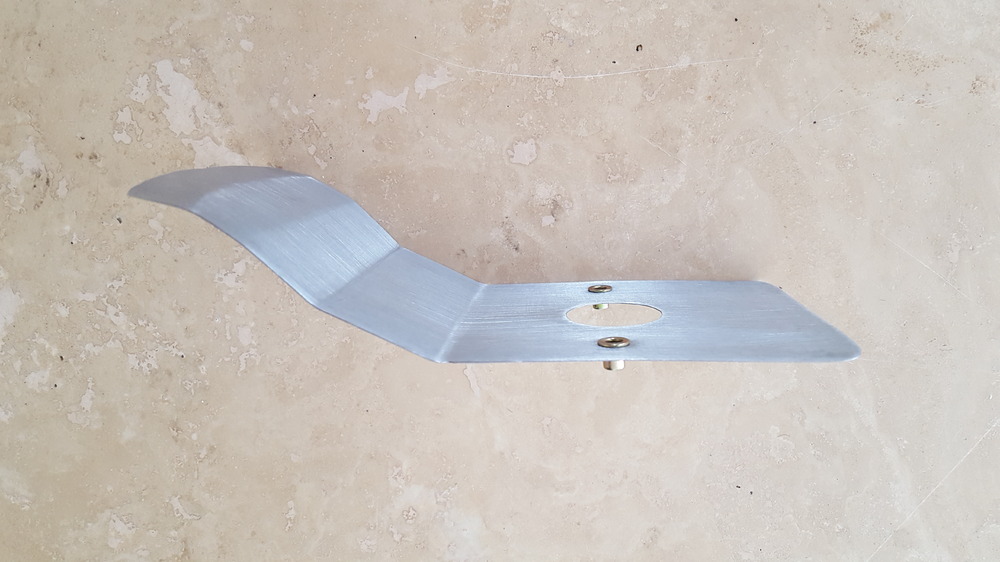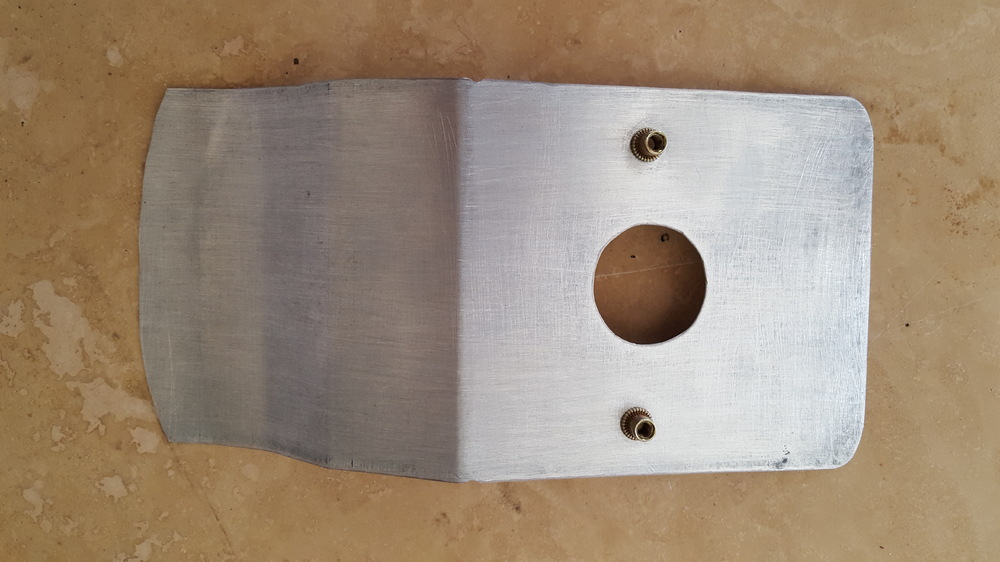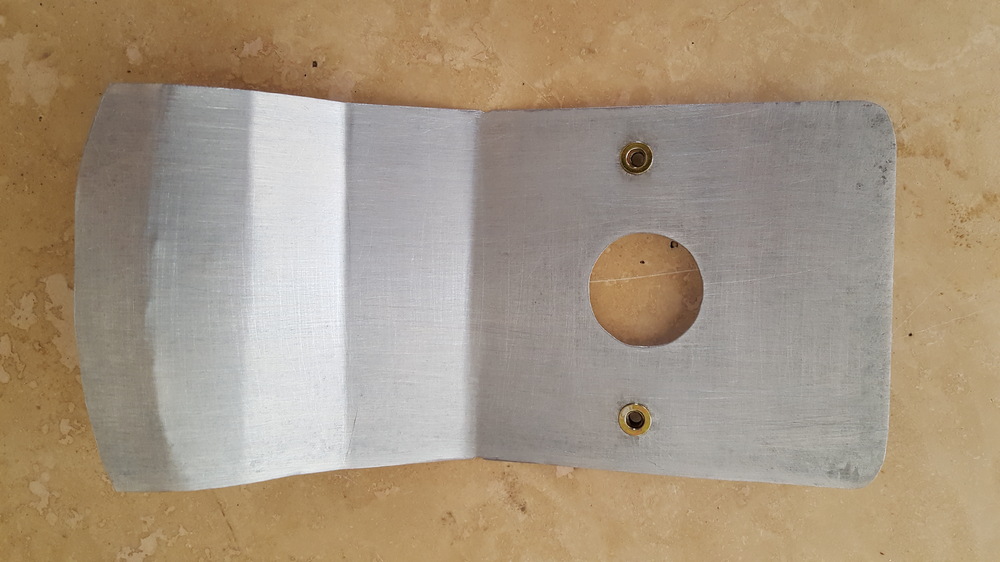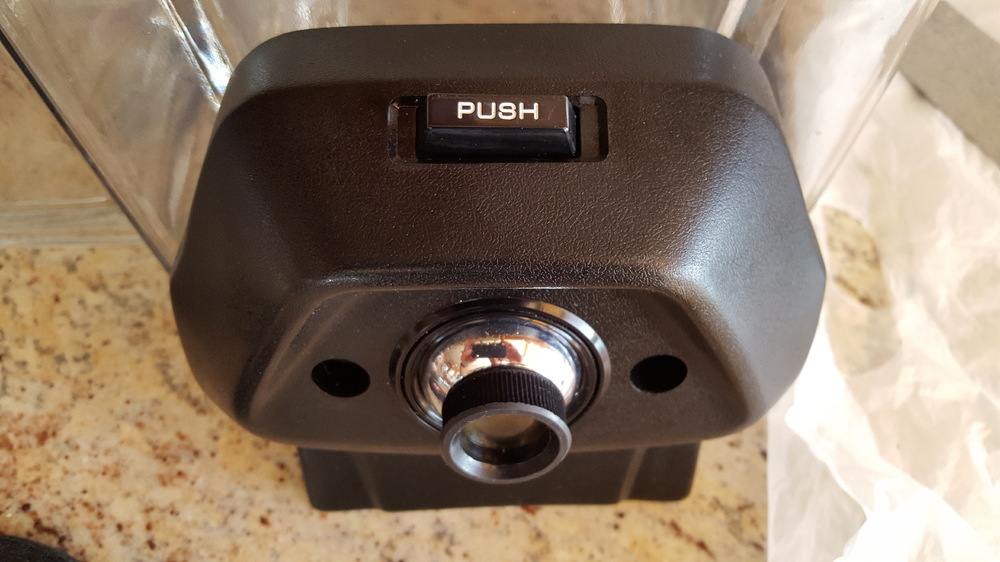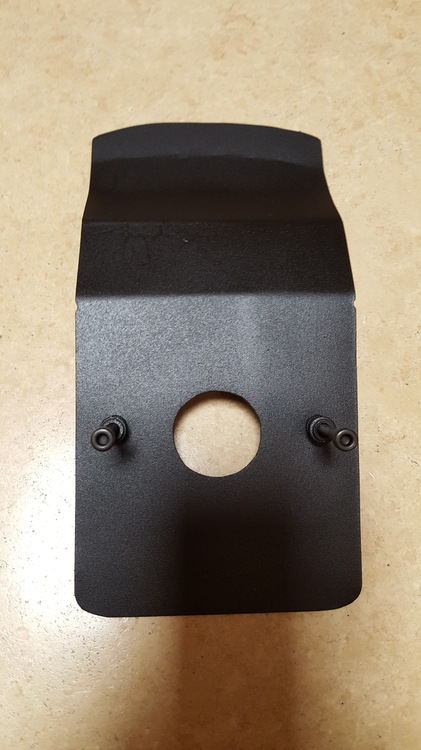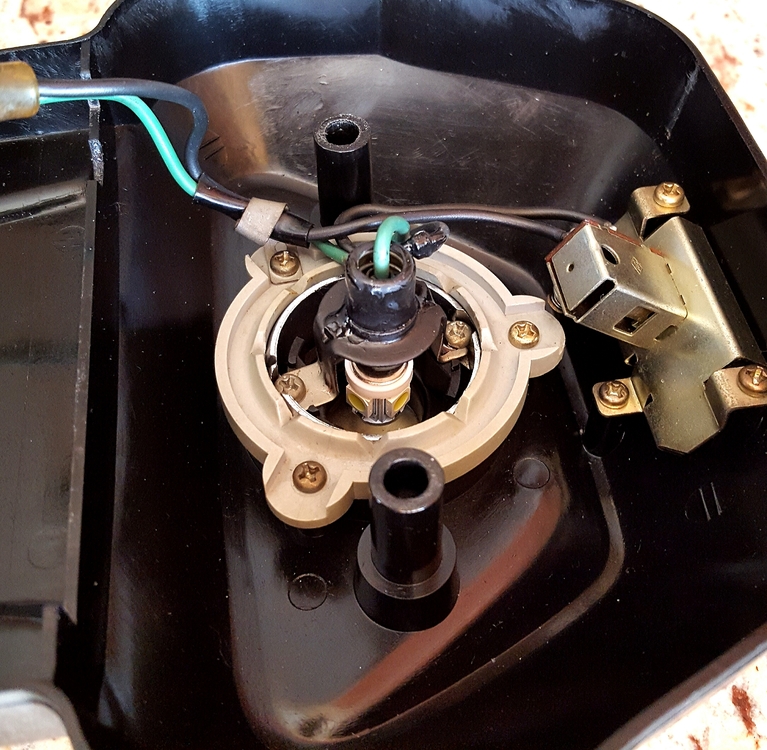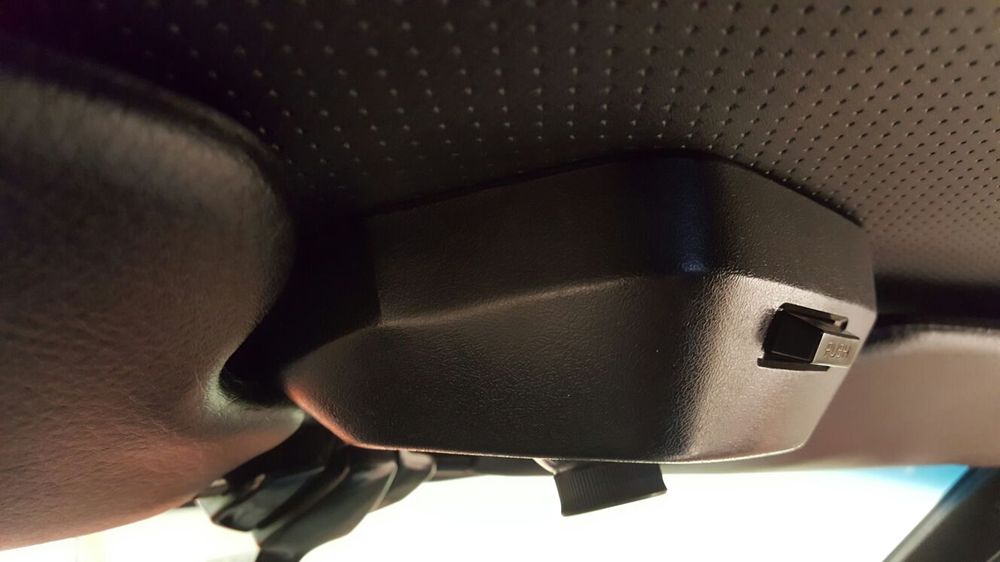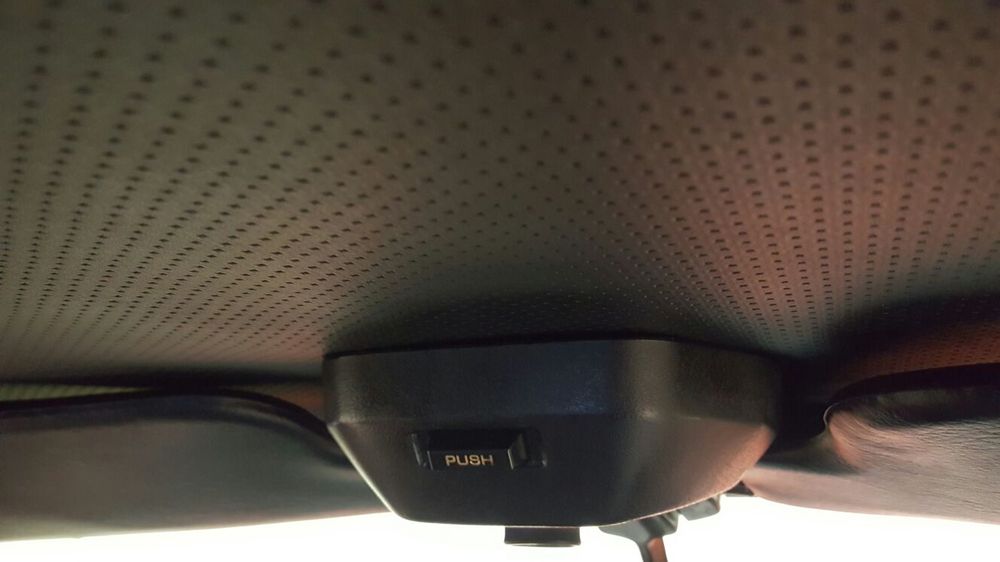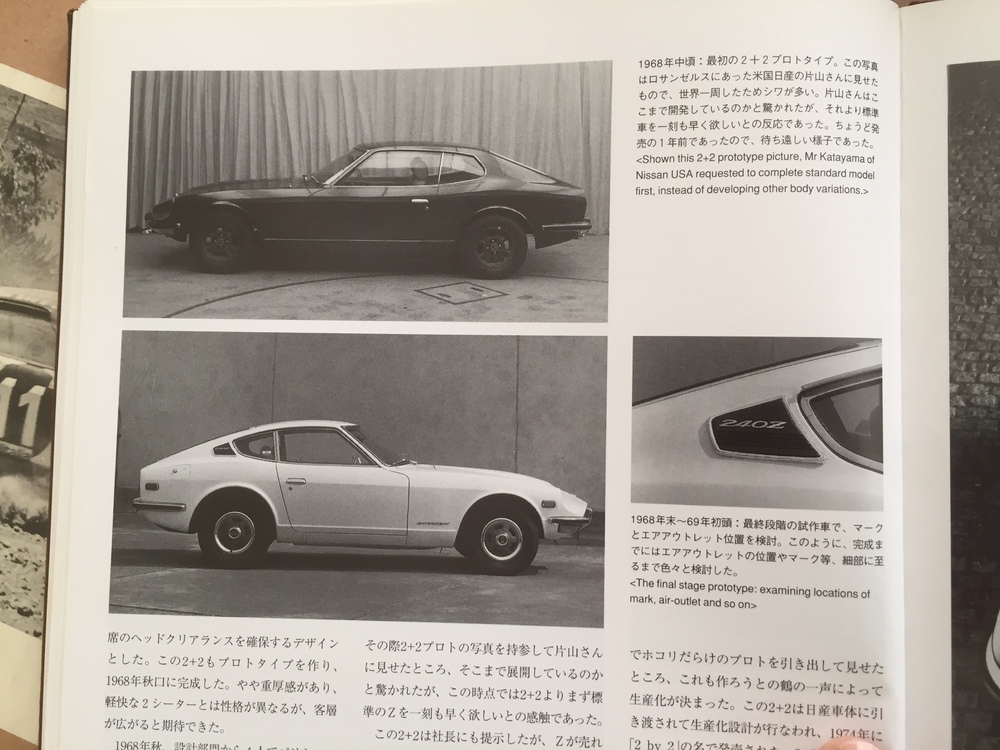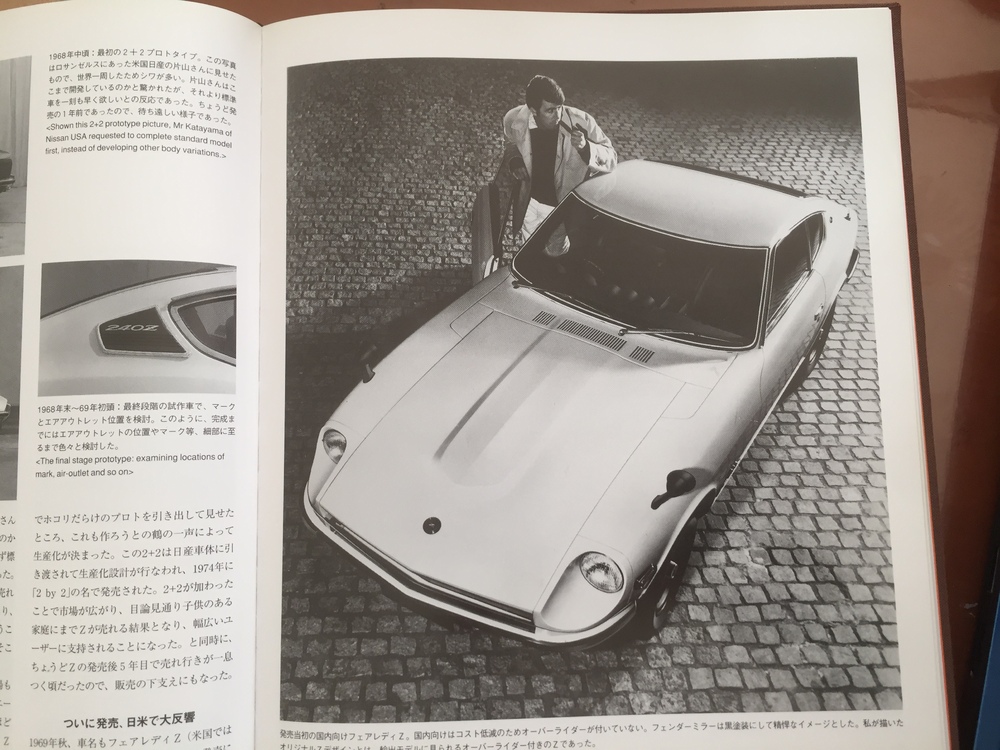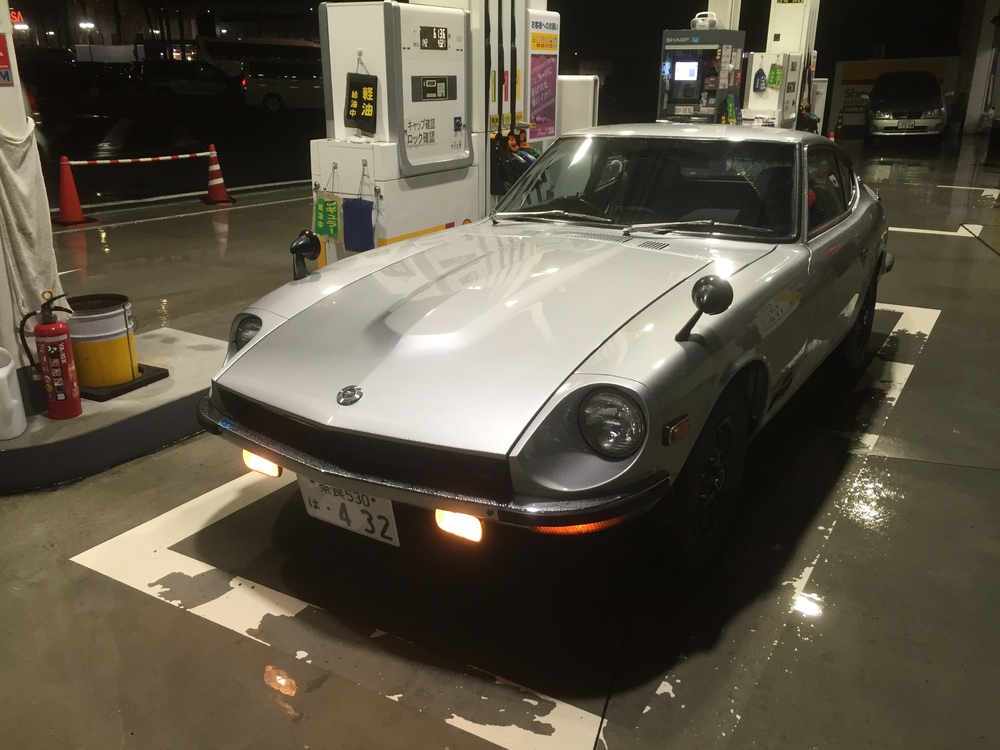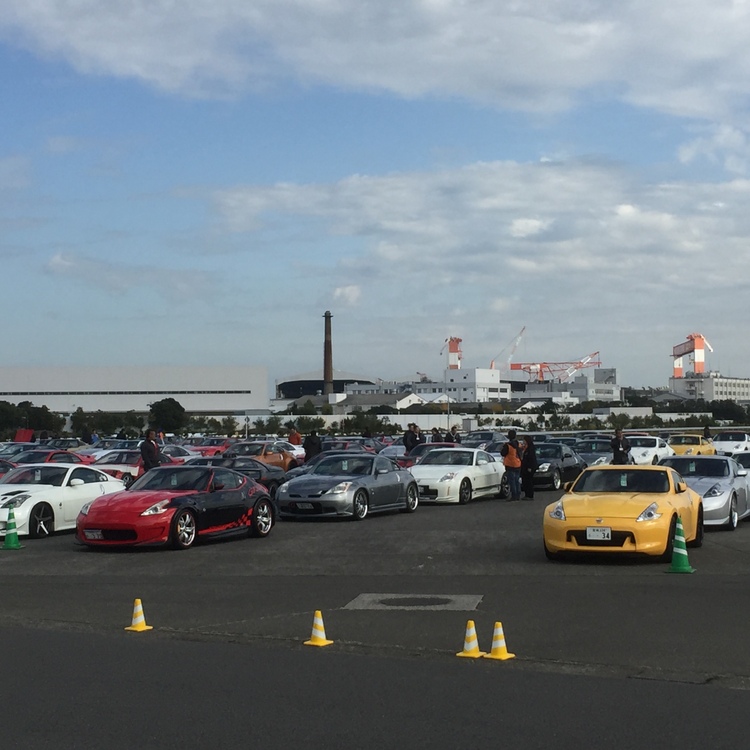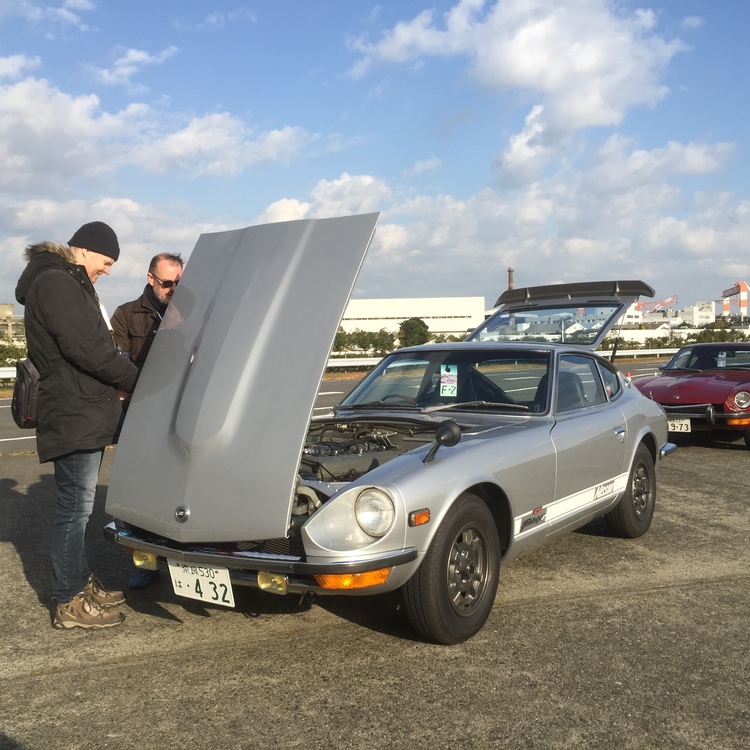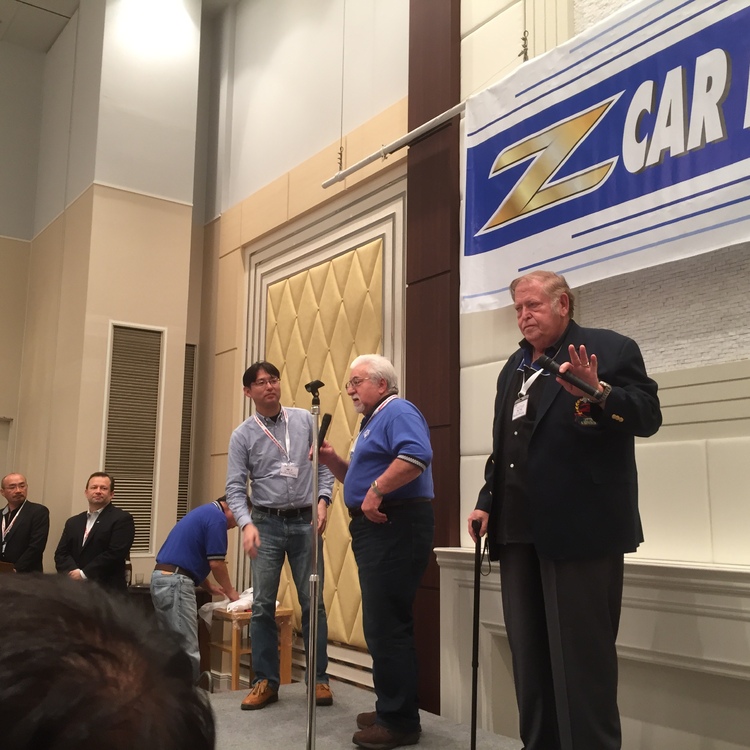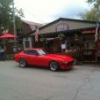I am exploring Weber carbs and decided to try to simplify and present their functioning so that others can quickly grasp the basic concepts. To do this, I decided to make a fictional path of design that Mr.Weber, may or may not have traveled.
I will provide further details for operation and maintenance in future posts, however this first post is a very simplified introduction.
Blue
The Ideal
The simplest carburetor design that comes to mind would be a tube to flow air with a source of gasoline spraying in the middle of the tube. This would provide even distribution and symmetrical mixing at the highest velocity point of the tube.
Approaching the Ideal: The Main Circuit
The Weber carb commonly used on Datsuns is basically just a tube with a fuel nozzle in the mid-stream of the air path.
Unfortunately another part was required.... the Throttle Valve. To control the amount of fuel and air drawn into the engine a throttle valve was added. Its location was chosen to be downstream from the fuel nozzle as the manifold vacuum on the motor side of this valve would otherwise suck the fuel from the fuel nozzle when the throttle valve was closed. The main drawback of the throttle valve location being down stream is that it still blocks the air flow when open and, fuel sprays over it and can also be deposited on it. In addition to a simple tube with a fuel nozzle design, Weber shaped the tube so that it was narrowest where the fuel was drawn into the air stream by using the Venturi principal. This promoted fuel draw and fuel distribution.
It is interesting to note this simple tube and nozzle design is nearly identical to a modern high performance fuel injected individual throttle body (ITB) manifold architecture.
Reality and The First Corrective Actions: Adding the Idle Circuit and the Emulsion Tube
Unfortunately for Mr. Weber, the above design was only marginally optimal for middle to wide open throttle and it failed completely at idle.
Here are the main problems that he faced:
At lowest rpms (Idling) when the throttle valve was nearly closed, there is not enough air flow over the main nozzle to draw fuel. (Lean)
At higher rpms when the throttle valve was moderately to fully opened, the air fuel mixture became too rich as too much fuel was drawn from the main nozzle. (Rich)
Weber was not beaten as the fundamental design worked in principal and could be modified to work. In fact the above design is actually the so-called “main circuit” of a Weber carb.
Onward:
The way Weber addressed these two problems of fuel flow at both ends of the RPM spectrum was:
To address idling lean, Weber knew that the main nozzle was no where near the high velocity air flow so he added a new and totally separate second so-called “circuit”: the idle circuit. Basically he added a needle valve on the high vacuum downstream side of the throttle valve. This needle valve independently controls the amount of pre-mixed fuel and air (mixed upstream and not shown for simplicity) to flow past the throttle valve and feed the engine when the throttle valve is nearly closed (and the main circuit was not functioning due to low air flow). The simple one circuit carburetor now becomes a two circuit (Main and Idle)
To address the need to lean the mixture in the main circuit as the throttle valve approached "Wide Open Throttle valve" (WOT), he added a “fuel/air mixing tower” with holes in it called an “emulsion tube”. Air and Fuel mixing took place in and around this tower before the fuel was drawn out of the main nozzle. Fuel entered the tower at the bottom of a well and air entered from the top. As the fuel demand increased approaching WOT, the fuel level in the tower& well lowered and in turn exposed more air holes thus mixing more air with the fuel. This ultimately leaned the mixture (as required) in the main circuit as more airflow through the carb occurred.
Emulsion Tube
Weber now had a 2 circuit carb design:
One being the idle circuit and the second being the main circuit…. But how to switch from one to the other slowly and quickly?
Dealing with the Transitions: Adding the Progression Circuit and the Acceleration Circuit.
The Progression Circuit (for slow transitions from Idle to Main):
Weber found that, as the throttle valve slowly opened, when transitioning from the idle circuit to the main circuit, the air flow required to activate the main circuit did not occur quick enough. This delay in the main circuit starting caused a lean spot between idle and main. The solution used by Weber was to simply add more fuel holes near the throttle valve. These holes were drilled upstream of the idle needle valve port. As the throttle valve opened, it exposed each successive hole to the manifold vacuum. In turn, (due to high velocity air and manifold vacuum) it would draw more mixed air/fuel from each progression hole. For economy, the source for air fuel Weber used was the idle circuit.
The Accelerator Pump Circuit (for fast transitions from Idle to Main):
Weber found that if the throttle valve opened quickly (when transitioning from the idle circuit to the main circuit) the progression circuit above did not have enough time to operate as the airflow suddenly was across the whole carb throat rather than up near the roof and progression holes. This sudden bust of air and delay in the main circuit starting caused a lean spot between idle and main. The solution used by Weber was to add more fuel by using a one-shot-squirt-gun-like pump that was activated on a quick throttle opening (hammering the gas pedal). The design also had a clever feature where slow throttle valve openings did not squirt additional fuel (to be shown in more detail in subsequent posts).
Summary:
- A Weber side draft carb used on many Datsuns has two independent "circuits": The Idle Circuit and Main Circuit).
- A so-called Progression circuit is used to aid in slow rpm transitions from Idle Circuit to Main Circuit.
- A so-called Acceleration circuit is used to aid in fast rpm transitions from Idle Circuit to Main Circuit.








